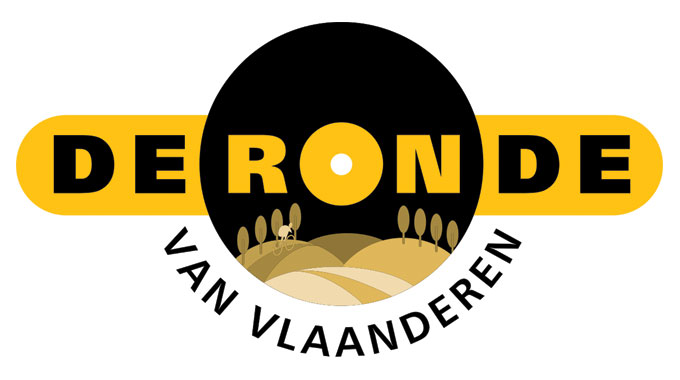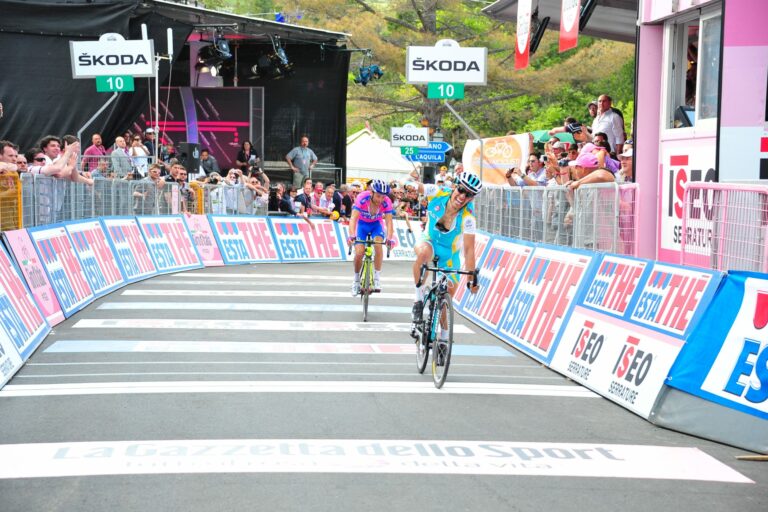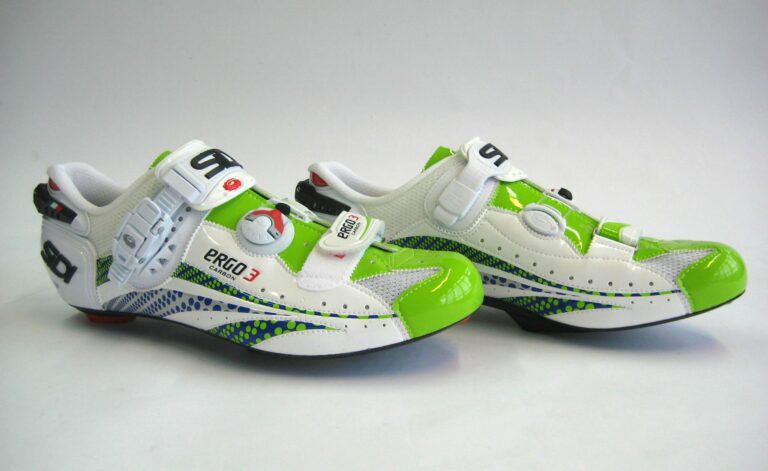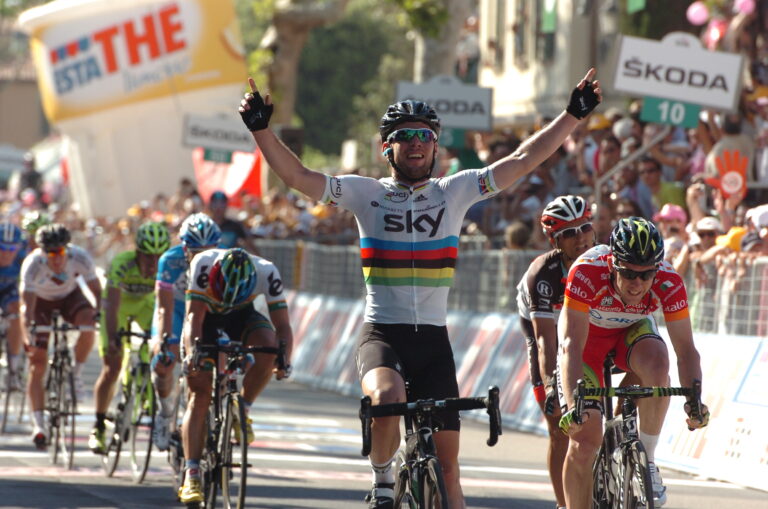For many sports fans, the domain of their heroes is rarified territory, strictly off-limits to the observer.
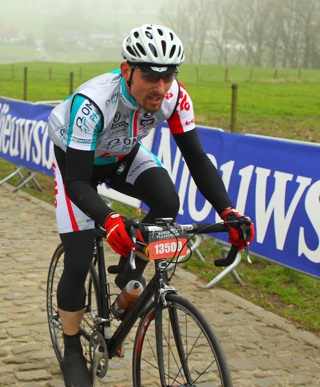
How many of us will guide a Formula One car through Eau Rouge, climb through the ropes at Madison Square Gardens, or make our way from the tunnel to the turf at the Emirates, the Bernabéu, or other theatres of dreams?
For followers of road racing, however, the opportunity to experience the grueling environment in which professional cyclists pursue their calling, is becoming a more readily available experience.
For Roel Driesen, 41, taking part in the Tour of Flanders sportive meant a trip home to his native Belgium. He became a regular “roadie” when he moved to England, discovering road cycling about two years ago, after being made increasingly aware of the dangers of downhill mountain biking.
“When you’re in Belgium, there are kermess races in every village. Cycling is everywhere. You just accept it. Only when you move to a different country do you find out that Belgium is a mecca for cycling,” he said.
An occasional time trialist with the Mid-Shropshire Wheelers, and a rider used to putting in steep training rides, he was not overly concerned about the short steep bergs of Flanders. “To ride on the historic climbs was really good and harder than expected. In Alpine terms, they are really short, but the cobbles make them tough. For some reason, I was really strong on the cobbles and left most of the guys I was with behind. But I was very surprised by how hard they were. You think: ‘300 metres – how hard can it be?’ I have got pictures of me doing a track stand, I’m going so slowly! The cobbles were amazing and I can’t wait to go back.”
His appreciation of the efforts of the WorldTour’s elite cyclists has increased exponentially. “It’s frightening! Most people like us are just trying to get up without putting a foot down, but these guys are racing on it. A few people put their times on Strava and if you look at the pros’ output compared to what we did…I’m reasonably good on the climbs, but there is no comparison. I don’t know how the pro’s do it. They have a hard life. It’s all about suffering.”
His perspective as an ex-pat Belgian returning home for arguably the biggest event in the Belgian sporting calendar (he estimates up to 20,000 people took part in the Tour of Flanders sportive) is illuminating. “There was an American guy riding next to me, grinning from ear to ear shouting ‘I’m cycling on history!’ and then promptly stopped to take pictures,” he said. “Belgians are not overtly patriotic about their country, but “de Ronde” is the one day everyone proudly waves the Flemish Lion.”
Having ridden the sportive on Saturday March 31, he, like thousands of others, retuned to the parcours the following day to watch the race. “People sat down with beer and frites with mayonnaise. I just can’t praise it enough. There are fields everywhere with huge television screens. You’re watching the race on the screen, and you turn round to the road and the riders are just feet away from you. The fact that Boonen won helped. You couldn’t help but get out of your seat and cheer,” he said.
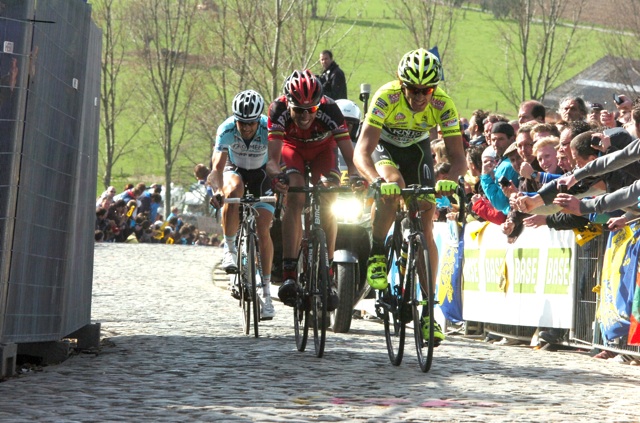
Mark Green, 52, a lawyer from Putney who returned to cycling four years ago and now time trials with the London Dynamo road club, was among those who took on this year’s Paris-Roubaix Challenge sportive, tackling the infamous pave sections of the Arenberg and the Carrefour, among others. Asked if the event was as hard as he’d imagined, he answer is emphatic. “Worse!”
“The pros just fly over it. They are so strong in picking their line. It is very, very hard. You can ride along the side of the cobbles but you run the risk of punctures. You have to pick a line, stick to it, and look out for broken cobbles,” he said.
A veteran of La Marmotte, for which he had prepared with a coach, and the Tour of Flanders sportive, he had undertaken no specific physical preparation for the Roubaix sportive, relying instead on regular winter training rides of four and five hours. The intensity of riding the French pave, however, was new experience.
“There were a lot of vibrations. The bike is being constantly knocked backwards.
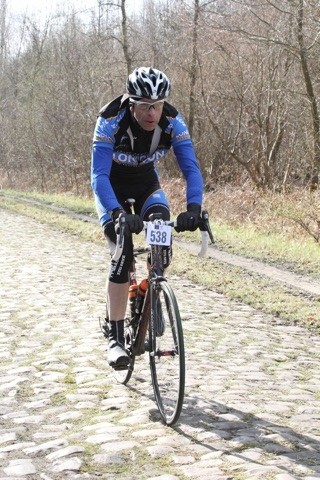
“I’m used to riding in time trials on smooth dual carriageways,and you get to the Roubaix and it’s very, very rough, and you’re fighting to go forwards. What you’re doing is very high power intervals over the cobbles followed by recovery on the smooth tarmac areas. You’re looking at five to ten minute bursts of high intensity,” he said.
He praised the organization of the Paris-Roubaix Challenge. “There are probably about 1,000 participants, huge numbers of marshals, closed roads. There are many more marshals per mile of road than I have seen at any other event. The fully closed roads and outriders make you feel like a pro. It’s the nearest thing to being a pro rider I have experienced,” he said.
And has his experience increased his appreciation for the pros? This year’s Challenge was held a week in advance of the race, which he watched on television in the UK.
“If you look at Boonen, he effectively soloed off the front, dropping his team mate and riding the last 50km on his own at top power.
“Chapeau to the guy! He deserved it. He did a fantastic ride. You could see the pain on his face, and then towards the end, when he realised he was going to win, he allowed himself a smile. It was an amazing ride,” he said.
Roel Driesen and Mark Green travelled to the Tour of Flanders and Paris-Roubaix sportives with La Fuga.

